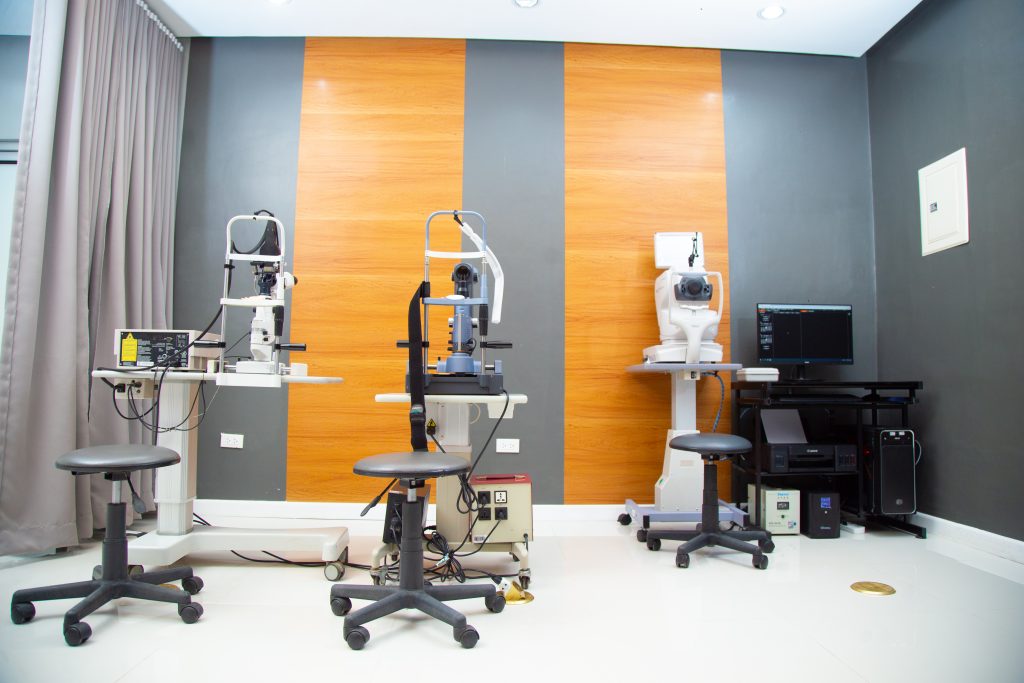A New Hope for Diabetic

A NEW HOPE FOR DIABETIC
RETINOPATHY by Dr. Kevin Panggat
Diabetes Melllitus (DM) is one of the most prevalent and problematic diseases of our time. According to a 2014 report by the world health Organization (WHO), more than 422 million people are afflicted by these diseases worldwide [1]. Here in the Philippines, the burden of diabetes remains high. Last year around 6 million people were to have the disease. With number steadily increasing due to factors such as poverty, unhealthy diet, and decreased physical activity [2].
Concurrent with this rise in diabetes is the rise of diabetes related complications. Among patients, one of the commonly observed complications are those involving the eye. Although all these conditions cause considerable physical damage to the eye and to vision, the most common and most potentially blinding is diabetic retinopathy (DR) [3].
Diabetic retinopathy is one of the leading causes of preventable vision-loss globally. An epidemiologic study by Yau et al (2012) showed that among 285 million people affected by Diabetes in 2010, nearly one-third showed signs of DR, with one-third of them having vision-threatening diabetic retinopathy [4]. In the United States, diabetic retinopathy is the leading cause of new blindness among persons aged 25-74 years, with an annual incidence of 65,000 [3]. In the Philippines, the incidence is not as high: a local study by Fojas et al (2009) showed that among newly- diagnosed Diabetes Type II patients,
around 12% show signs of diabetic retinopathy [5]. However, with rapid urbanization, drastic changes in diet and lifestyle, and continued lack of health access for the poor, these numbers are expected to rise within the next couple of years. Indeed, by the year 2025, Asia is expected to see the greatest increase in diabetes incidence, and with this, diabetic retinopathy [6].
The situation may seem bleak, but it does not have to be that way. Fortunately for our patients, diabetic retinopathy can be corrected through surgery; and with recent advancements in surgical techniques and the advent of state-of-the-art surgical systems, it seems that diabetic retinopathy will no longer be a permanent burden for patients. Foremost among these new systems are the Alcon CONSTELLATION
Vitrectomy Machine and the Leica M822 Ophthalmologic Surgical Microscope, which have recently been acquired by the Palawan MMG Multipurpose Cooperative Hospital. With high performance vitreous cutters and a streamlined interface, the Alcon CONSTELLATION System allows our retinal surgeons better control and improved efficiency in the most complex of operations. Used with the precision optics and stable illumination technology of Leica M822, patients \mil be afforded not only safer surgeries, but also better outcomes.
With the acquisition of these top—class machines, Palawan MMG Multipurpose Cooperative Hospital has moved forward in the (field of retinal surgery providing its doctors with better technology, and its patients, better eye care. Truly restoring sight to the blind is a miracle now within our reach.
References:
- World Health Organization
(2017). Diabetes. Retrieved
from:
http://www.who.int/mediacentre
/factsheets/fs312/en/
- Philippine Daily Inquirer
(2016). 6M Pinoys have
diabetes. Retrieved from:
http://newsinfo.inquirer.net/805
812/6m-pinoys-have-diabetes
- Bhaysar, A. R. (2017). Diabetic
Retinopathy. Medscape•
Retrieved from:
rniarticle/1225122-overview
- Yau, ‘1,17V. Y., Rogers, S. L., Kawasaki, R., Lamoureux, E. L., Kowalski, J. W., Bek, T., for the Meta-Analysis for Eye Disease (META-EYE) Study Group. (2012). Global Prevalence and Major Risk Factors of Diabetic Retinopathy. Diabetes Care, 35(3), 556-564. http://doi .org/10.2337/dcl 1- 1909
- Fojas, M.C., Lantion-Ang, F. L., Jimeno, C.A., Santiago, D., Arroyo, M., Laurel, A., Sy, H., & See, J. (2009). Complications and cardiovascular risk factors among newly-diagnosed type 2 diabetics in Manila. Phil. J. Internal Medicine, 47: 99-105.
- Tan, G. H. (2015). Diabetes care in the Philippines. Annals of Global Health, 81(6)
